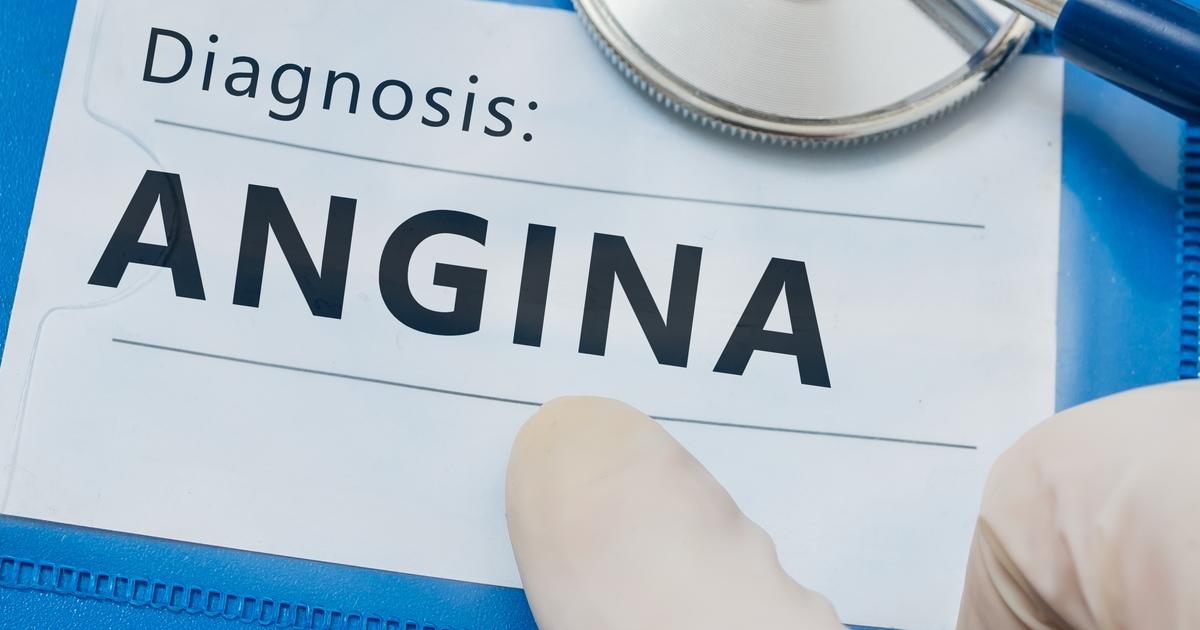Risk Factors For Cardiovascular Syncope
Angina

Angina increases an individual's risk of having cardiovascular syncope. Angina is characterized by pain in the chest from decreased blood flow to the affected individual's heart. Patients describe angina as pressure, tightness, squeezing, heaviness, or pain in the chest. Angina can occur spontaneously, or it can be chronic recurrent pain. The pain can radiate from the chest to the patient's arms, jaw, back, neck, or shoulder. An individual who experiences chronic angina has a higher chance of experiencing cardiac syncope because its underlying causes result in decreased heart function. When the heart is unable to pump enough blood to tissues in the body with a high oxygen and nutrient demand, the tissues can begin to shut down. Some of the most demanding tissues of oxygen and glucose are the brain tissues. Because most angina causes result in poor blood supply, the tissues in the brain may be adversely affected by the decrease of oxygen and glucose. This mechanism can result in cardiovascular syncope.
Learn more about what increases an individual's risk of cardiovascular syncope now.